Archaeologists from the University of Haifa (Israel) announced on August 18 that they had discovered the oldest-ever recorded elderly care facility during excavations at Hippos National Park near the Sea of Galilee.
The team's highlight discovery was an exquisite mosaic medallion dating to the late 4th or early 5th century, bearing the Greek inscription "Peace be with the Elders." The medallion was found near one of the most impressive mosaics at the archaeological site.
“This is vivid evidence that caring for and looking after the elderly is not a modern concept, but has been part of the social fabric for some 1,600 years,” said Dr. Michael Eisenberg from the Zinman Institute of Archaeology, University of Haifa, who co-directed the excavation project.
In a study published in the journal Zeitschrift für Papyrologie und Epigraphik, Dr Eisenberg and colleagues Dr Arleta Kowalewska and Professor Gregor Staab from the University of Cologne (Germany) argue that the medallion bearing the inscription is the first archaeological evidence of an ancient nursing home. Their argument is based on the inscription’s direct reference to the elderly and the medallion’s location within an ancient residential area.
Although texts from the 5th and 6th centuries mentioned facilities for the elderly, this is the first time there is clear physical evidence to confirm it, according to the researchers.
The discovery was made near the intersection of two main streets in the residential area of the Byzantine city of Hippos. The ancient Christian city was once home to a bishopric, and archaeologists have previously found seven churches, a temple, a basilica, a theater, and at least two theaters there.
The mosaic was discovered at the entrance to a building in a residential area, and after the 2023-2024 excavation seasons, the archaeological team analyzed the surrounding decorative inscriptions and symbols, concluding that the site may have been a community facility for the elderly.
“This is a communal and spiritual institution, closely linked to urban life and reflecting the social values of that period,” the archaeologists said. “The inscription refers directly to a specific group of people, opening up a rare glimpse into the daily lives of the elderly in ancient times."
The team of scientists also said that this mosaic medallion “may be one of the earliest material evidences in the Holy Land, showing that the Christian community had begun to take on a social care role that had previously been performed by the family.
This likely reflects a shift in Christian lifestyle away from traditional family structures towards monastic life and religious community.”./.
Source: https://www.vietnamplus.vn/phat-hien-co-so-cham-soc-nguoi-cao-tuoi-co-nien-dai-lau-doi-nhat-the-gioi-post1056501.vnp








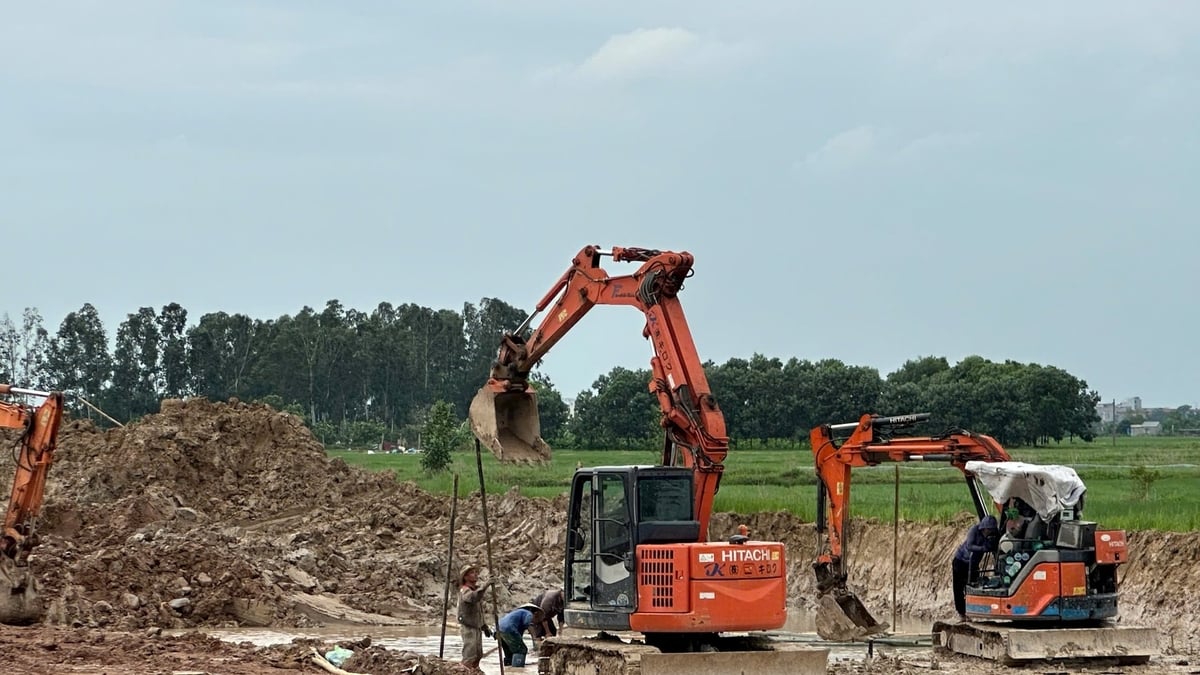













![[Photo] General Secretary To Lam and President Luong Cuong attend the handover ceremony of the Presidential Office Headquarters](https://vphoto.vietnam.vn/thumb/1200x675/vietnam/resource/IMAGE/2025/8/19/a37cfcbd301e491990dec9b99eda1c99)
![[Photo] President Luong Cuong's wife and Queen of Bhutan visit Tran Quoc Pagoda](https://vphoto.vietnam.vn/thumb/1200x675/vietnam/resource/IMAGE/2025/8/19/62696af3852a44c8823ec52b03c3beb0)


![[Photo] General Secretary and Prime Minister visit the National Exhibition and Fair Center](https://vphoto.vietnam.vn/thumb/1200x675/vietnam/resource/IMAGE/2025/8/19/f4503ad032d24a90beb39eb71c2a583f)

![[Photo] General Secretary To Lam attends the inauguration and groundbreaking ceremony of 250 projects to celebrate National Day](https://vphoto.vietnam.vn/thumb/1200x675/vietnam/resource/IMAGE/2025/8/19/3aa7478438a8470e9c63f4951a16248b)

![[Photo] Close-up of the first International Financial Center building in Ho Chi Minh City](https://vphoto.vietnam.vn/thumb/1200x675/vietnam/resource/IMAGE/2025/8/19/3f06082e1b534742a13b7029b76c69b6)
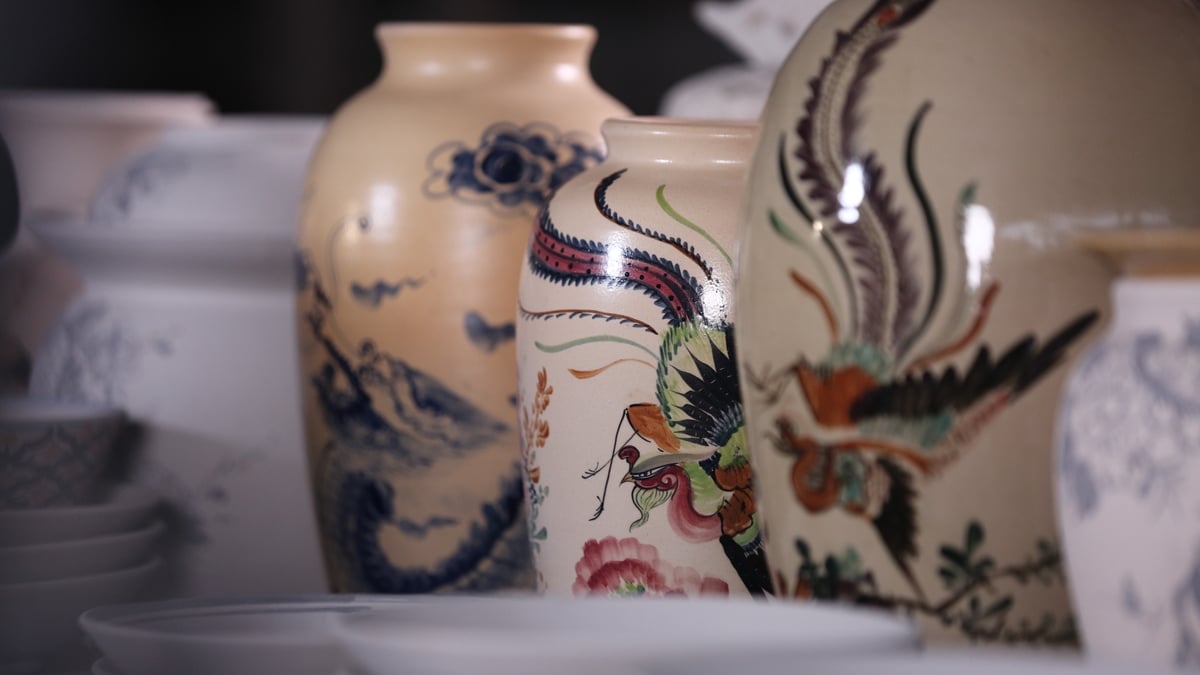






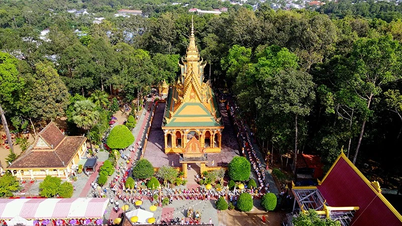

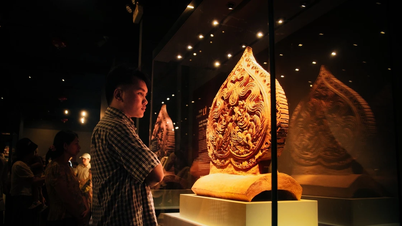


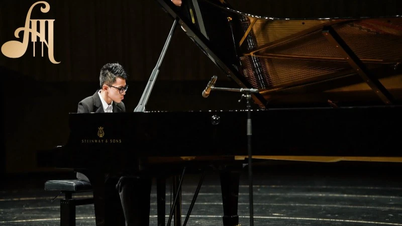
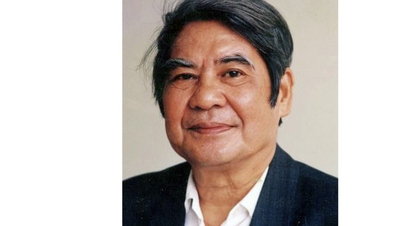



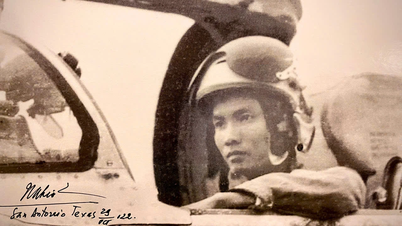





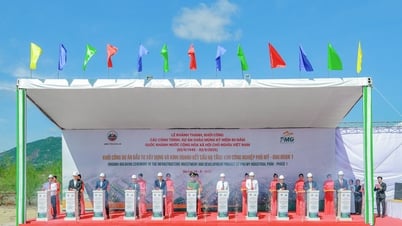








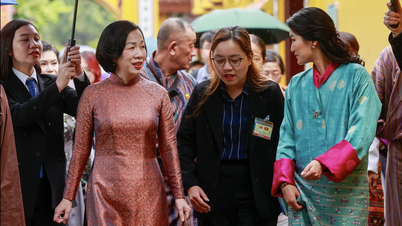























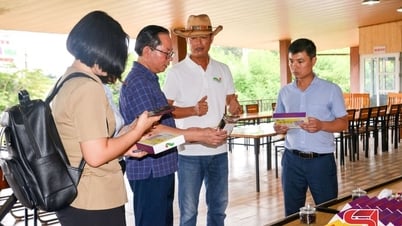



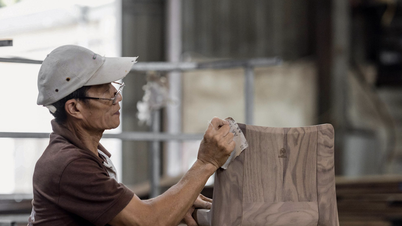







Comment (0)